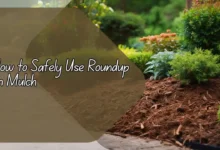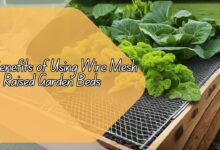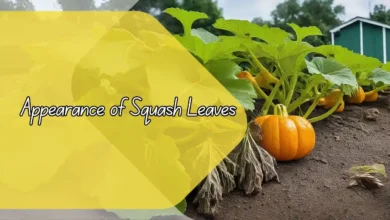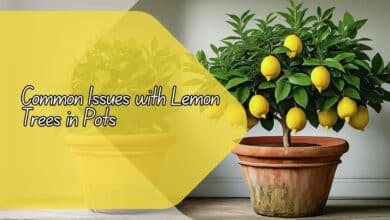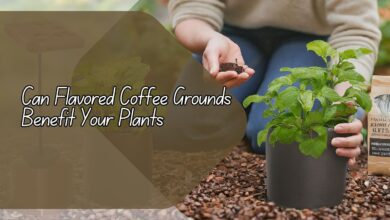
How to Properly Bottom Water Peat Pots for Healthy Seedlings
In this article, we will discuss the importance of bottom-watering peat pots for healthy seedlings. Properly bottom watering your seedlings can help prevent waterlogging, promote strong root development, and overall improve the success of your gardening efforts.
We will walk you through the steps and best practices for bottom watering your peat pots to ensure your seedlings thrive.
Why should you bottom water peat pots?
Bottom-watering peat pots are a preferred method by many gardeners because they allow the seedlings to absorb water from the bottom up, encouraging strong root growth. This method also helps prevent the soil from becoming waterlogged, which can lead to root rot and other issues.
By bottom watering your peat pots, you can ensure that your seedlings receive the right amount of moisture without risking overwatering.
To bottom water your peat pots, simply place them in a tray or shallow container filled with water. Allow the water to be absorbed through the drainage holes in the bottom of the pots, ensuring that the soil becomes evenly moist throughout. This method mimics how plants naturally absorb water from the ground, promoting healthy growth.
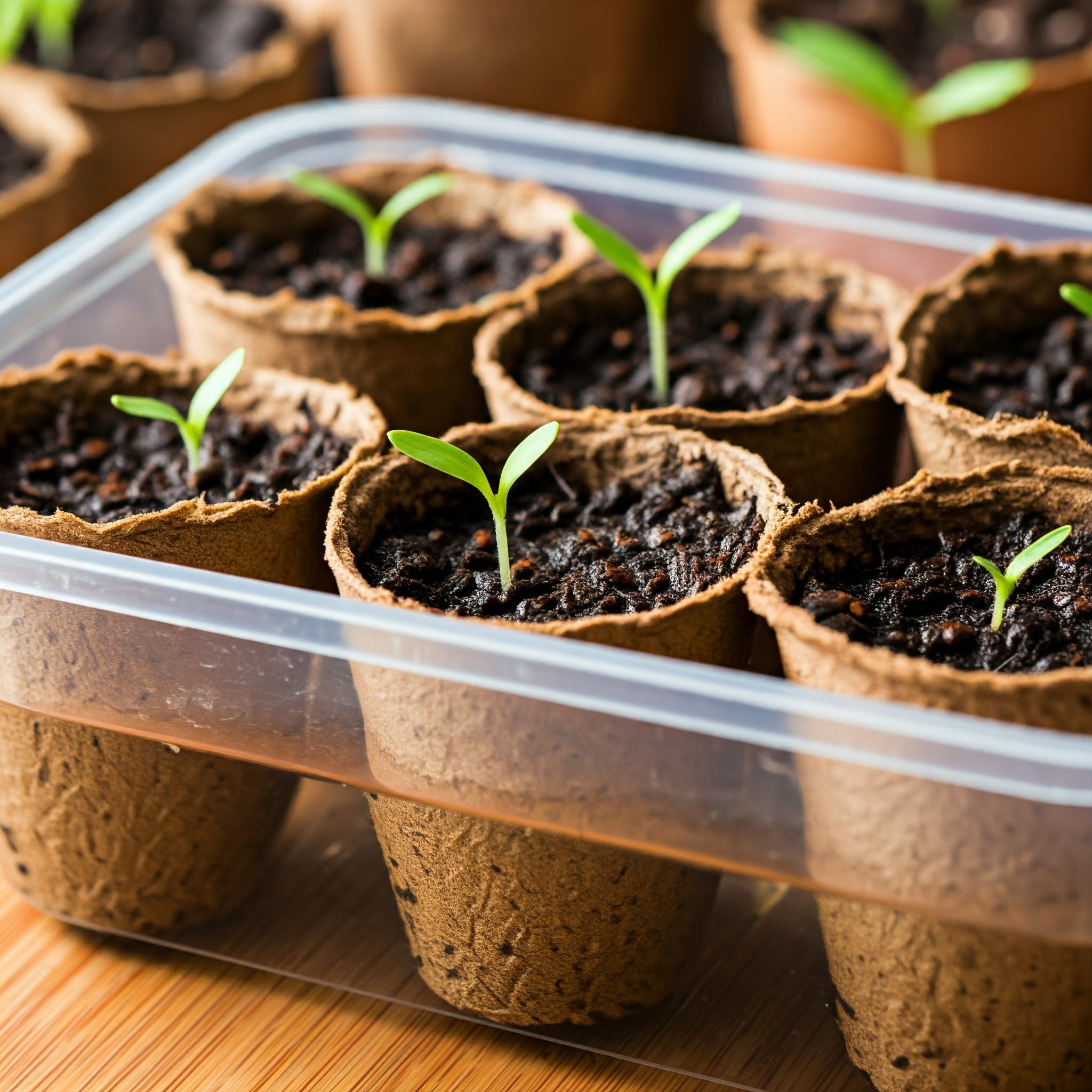
How do you properly bottom water peat pots?
Start by placing your peat pots in a tray or shallow container with enough water to reach the bottom of the pots. It’s important to only water until you see moisture coming through the top of the soil, indicating that the pots have absorbed enough water. Be sure to empty any excess water from the tray to prevent waterlogging.
Keep an eye on the moisture levels in the soil and continue to bottom water as needed to keep the soil evenly moist. Avoid letting the soil dry out completely between watering, as this can stress the seedlings and hinder their growth. Consistent bottom watering will help your seedlings establish strong root systems and thrive.
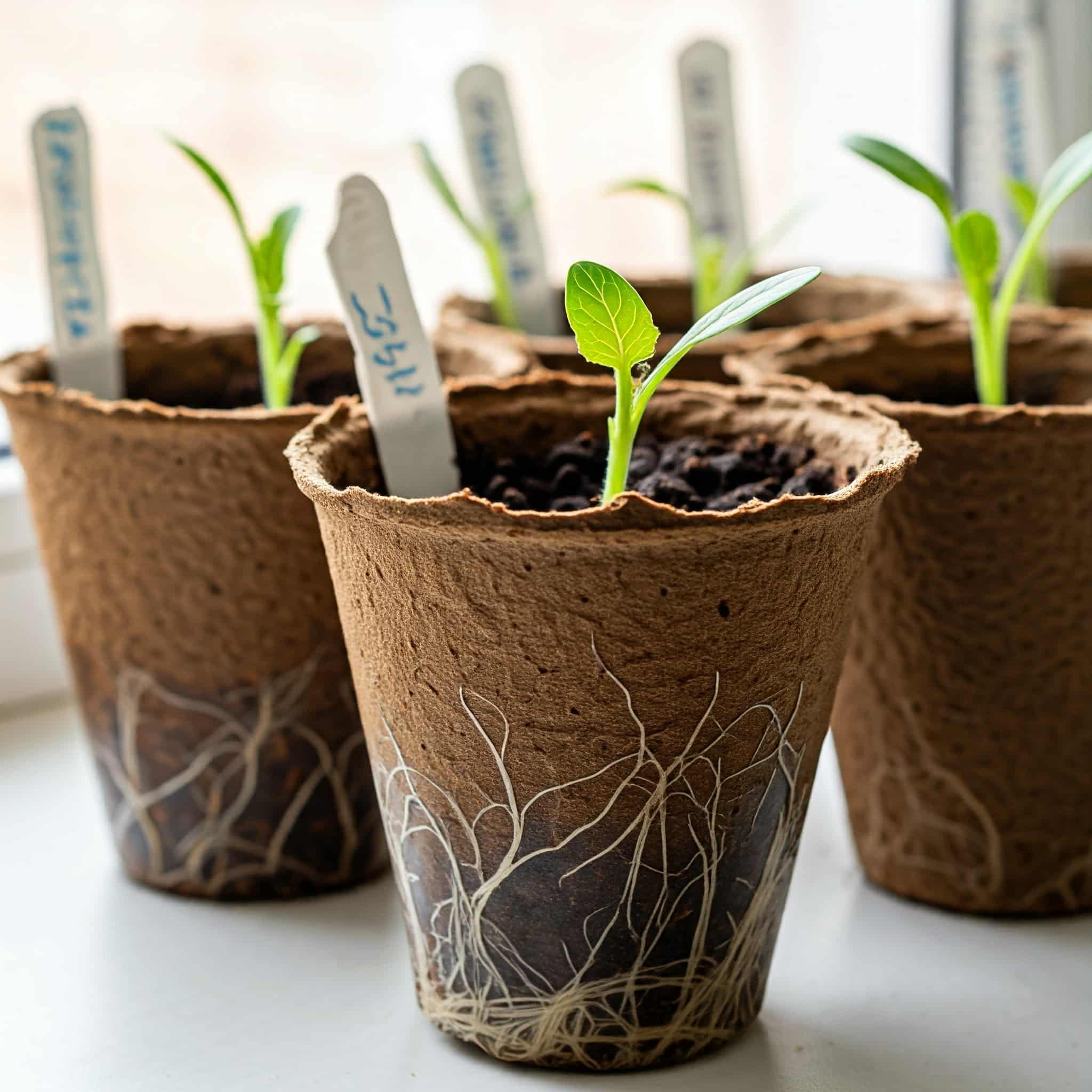
How often should you bottom water peat pots?
The frequency of bottom watering will depend on various factors, such as the type of plants, the size of the pots, and the environmental conditions.
As a general rule of thumb, it’s recommended to bottom water your peat pots when the top inch of soil feels dry to the touch. This may mean watering every few days or once a week, depending on the needs of your seedlings.
Monitor the moisture levels in the soil regularly and adjust your watering schedule accordingly. Over time, you will develop a sense of when your seedlings need water and can create a consistent routine that promotes healthy growth.
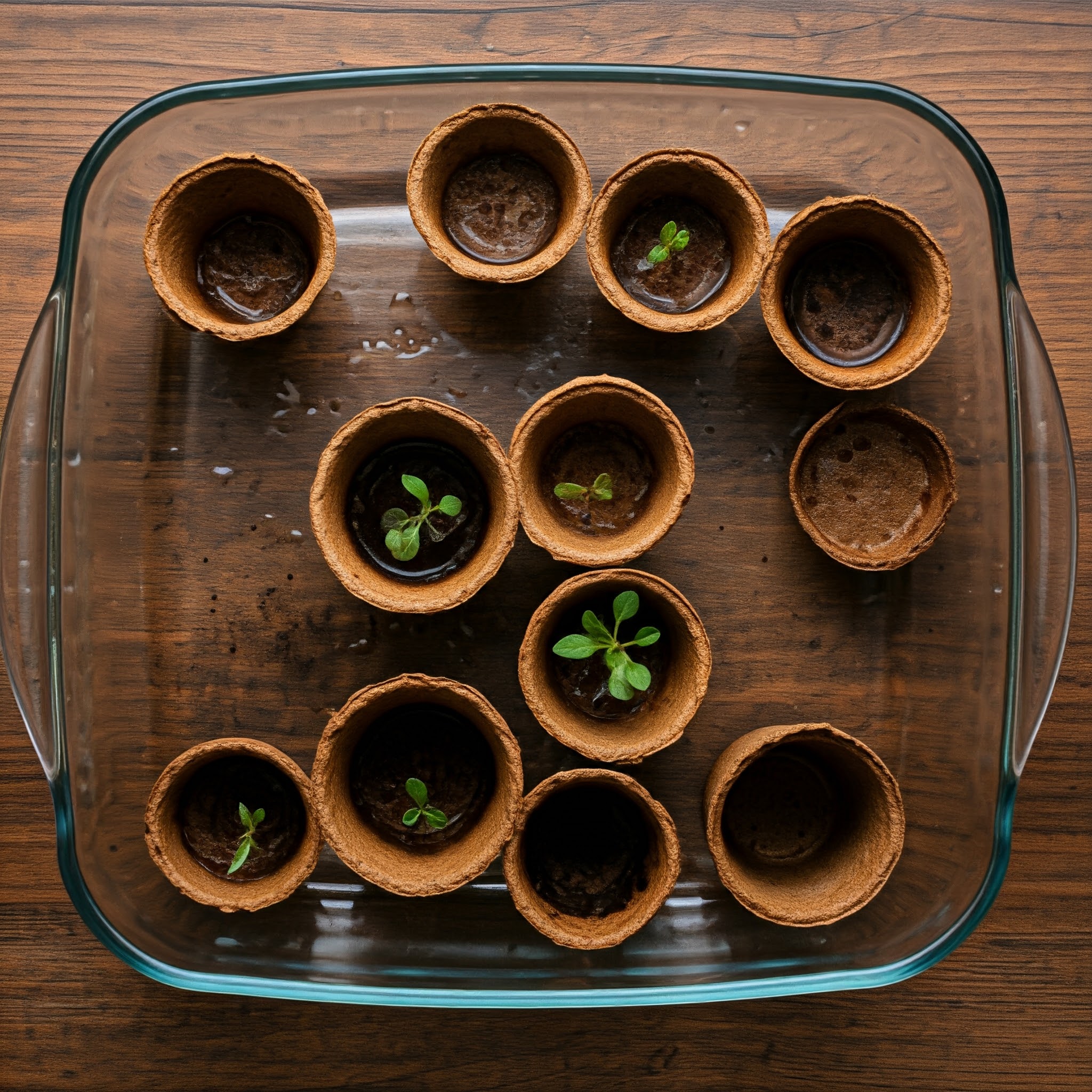
What are the benefits of bottom-watering peat pots?
Bottom-watering peat pots offer several advantages, including promoting strong root development, preventing waterlogging, and reducing the risk of overwatering. By allowing the seedlings to absorb water from the bottom up, you can encourage the roots to grow downward, creating a sturdy foundation for the plants.
This method also helps distribute moisture evenly throughout the soil, ensuring that all parts of the root system receive adequate hydration. By avoiding overhead watering, you can minimize the risk of diseases caused by excess moisture on the leaves and stems, leading to healthier seedlings overall.
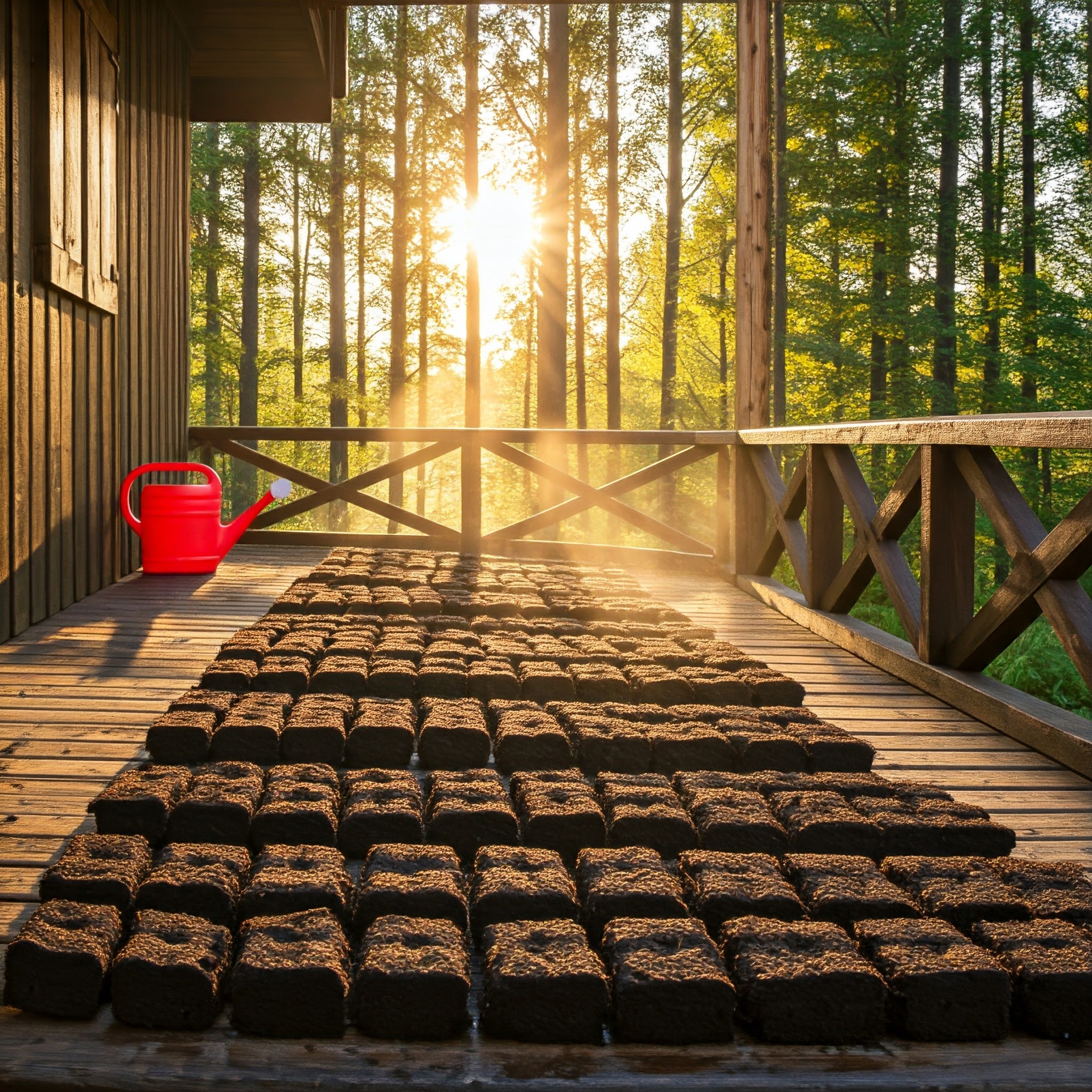
Conclusion
Bottom-watering peat pots is a simple yet effective technique for promoting healthy seedling growth. By allowing the plants to absorb water from the bottom up, you can encourage strong root development and reduce the risk of overwatering.
Consistent bottom watering will help your seedlings thrive and establish a strong foundation for future growth in your garden.
FAQs
Can I use any type of container for bottom-watering peat pots?
It is best to use a tray or shallow container that allows for easy absorption of water through the drainage holes in the peat pots. Avoid using containers that are too deep, as this may lead to waterlogging and hinder proper root growth.
How do I know if I am overwatering my seedlings?
If the soil in your peat pots is consistently waterlogged or if the seedlings are showing signs of wilting or yellowing leaves, you may be overwatering. Adjust your watering schedule accordingly and allow the soil to dry out slightly between waterings to prevent root rot.
Can I use fertilizer when bottom-watering peat pots?
It is best to start with plain water when bottom watering your peat pots and introduce fertilizer gradually once the seedlings have established strong root systems. Follow the instructions on the fertilizer package for proper dilution and application to avoid damaging the delicate seedlings.
Should I use warm or cold water for bottom watering peat pots?
Room temperature water is best for bottom-watering peat pots, as extreme temperatures can shock the seedlings and disrupt their growth. Allow the water to sit for a while to come to room temperature before watering your seedlings to prevent any potential damage.
Can I reuse the water from the bottom watering peat pots?
It is not recommended to reuse the water from bottom watering peat pots, as it may contain excess salts and minerals that can build up in the soil over time. Using fresh, clean water for each watering session will help maintain the health of your seedlings and prevent nutrient imbalances.


